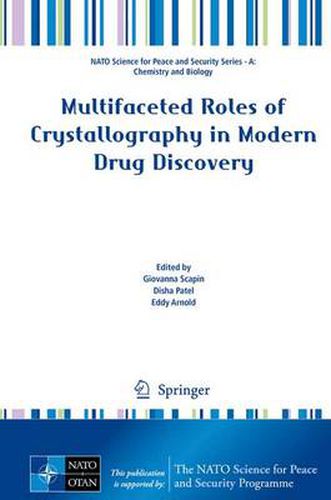Multifaceted Roles of Crystallography in Modern Drug Discovery

Multifaceted Roles of Crystallography in Modern Drug Discovery
This title is printed to order. This book may have been self-published. If so, we cannot guarantee the quality of the content. In the main most books will have gone through the editing process however some may not. We therefore suggest that you be aware of this before ordering this book. If in doubt check either the author or publisher’s details as we are unable to accept any returns unless they are faulty. Please contact us if you have any questions.
The present work offers a snapshot of the state-of-the-art of crystallographic, analytical, and computational methods used in modern drug design and development. Topics discussed include: drug design against complex systems (membrane proteins, cell surface receptors, epigenetic targets, and ribosomes); modulation of protein-protein interactions; the impact of small molecule structures in drug discovery and the application of concepts such as molecular geometry, conformation, and flexibility to drug design; methodologies for understanding and characterizing protein states and protein-ligand interactions during the drug design process; and monoclonal antibody therapies. These methods are illustrated through their application to problems of medical and biological significance, such as viral and bacterial infections, diabetes, autoimmune disease, and CNS diseases. As approaches to drug discovery have changed over time, so have the methodologies used to solve the varied, new, and difficult problems encountered in drug discovery. In recent years we have seen great progress in the fields of genetics, biology, chemistry, and medicine, but there are still many unmet medical needs, from bacterial infections to cancer to chronic maladies, that require novel, different, or better therapies. This work will be of interest to researchers and policy makers interested in the latest developments in drug design.
This item is not currently in-stock. It can be ordered online and is expected to ship in 7-14 days
Our stock data is updated periodically, and availability may change throughout the day for in-demand items. Please call the relevant shop for the most current stock information. Prices are subject to change without notice.
Sign in or become a Readings Member to add this title to a wishlist.


